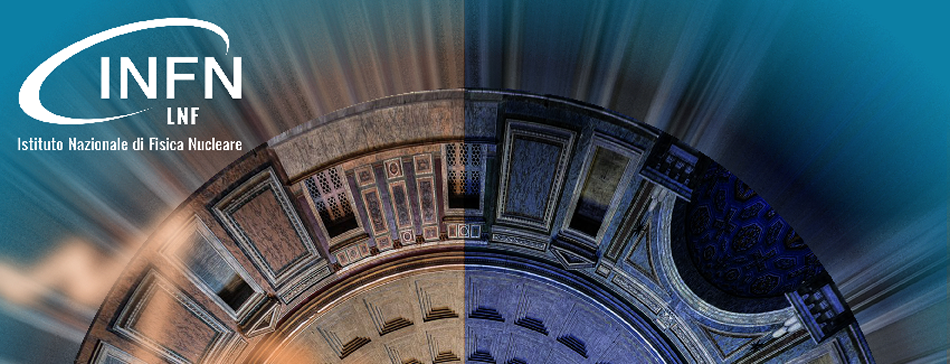Speaker
Description
The High Energy cosmic Radiation Detection (HERD) facility is an experiment part of the Chinese Cosmic Lighthouse Program currently under development and foreseen to be installed on the Chinese's Space Station (CSS). HERD's main science objectives are indirect measurement of dark matter, study of cosmic-rays composition and high energy gamma-rays observation. The experiment is foreseen to be installed on CSS in 2027 and is design to operate for at least ten years.
With a cubic shape and five active surfaces (the bottom being attached to the station), HERD will be made of five different detectors able to perform independent and redundant measurements. The core of the experiment will be a LYSO crystal calorimeter (CALO) surrounded by a fibre tracker detector (FIT), a plastic scintillator detector (PSD) and a silicon strip detector (SCD) as the outermost active component. A transition radiation detector (TRD) will be placed on one of the lateral sides to provide TeV proton calibration.
This presentation will mainly focus on the SCD design, integration and the space environment on which HERD will operate. After an initial description of the space environment on which HERD will operate and an overview of the experiment itself, the presentation will focus on the efforts done for the conceptual integration of the SCD and PSD as a sub-assembly to ease the AIV (Assembly, Integration, Verification) activities prior to the final integration into HERD. The mechanical design of the SCD planes will then be discussed together with the possibility to have two superimposed silicon detecting surfaces on the same plane. In conclusion the on-going investigation on possible alternatives to honeycomb for the sandwich core which could possibly increase the detector efficiency will be discussed.
